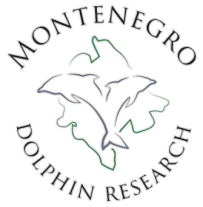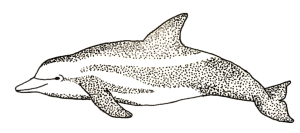Conservation through Education – taking MDR into the classroom!
Earlier this week, Montengero Dolphin Research’s community outreach team headed into a local school to introduce biology students to our work and the positive impacts that they can have on marine conservation! Research Intern Phoebe Thorpe wrote this report on the team’s day in Meksiko School, Bar. A small group of our team visited Meksiko Primary School to talk about the work we do here at DMAD, introducing the children to MDR and our research efforts. We discussed different types of sea life and the various species of cetaceans which live in the South Adriatic. The students were interested to hear that they have all this amazing sea life on their doorstep and learned about the different characteristics different species have! We went on to explain the threats dolphins and other sea life face on a day to day basis. We explained how fishermen’s activities can be a lethal threat to dolphins due to using dynamite and that dolphins are regular victims of by-catch. For the second half of the presentation, our Research Intern Francesca discussed what plastic is and where we find it in our daily lives. The students were very engaged and got involved in the discussion. The school teacher also pointed out to the students the main industries who use materials which harm the planet. The students learnt how plastic is a big threat to all living things in the ocean. Francesca explained to them the things the students could do in their daily lives to reduce their plastic consumption, particularly in regards to single use plastic. The students were enthusiastic about the idea of reusable bags and bottles and they agreed that items such as plastic straws and spoons are unnecessary. Intern Phoebe testing students’ knowledge on marine mammals We tested what the students had learnt with a short quiz. They found this fun because it gave them a chance to shout out answers after being patient and listening for half an hour. To finish we gave them our social media handles so that they are able to follow what we do. Some students asked if they could come and volunteer with us now, which was great to see their enthusiasm, but we explained that our volunteers do need to be over 18. For now, though, we explained that they can definitely come and help us with beach cleans and other activities, and told them the details for our beach clean on Saturday and they seemed very interested in joining us for that! Intern Francesca introducing the students to MDR’s community beach clean MDR will be hosting a beach clean at Kraljevska Plaža on Saturday 9th November, kicking off at 10am. Any members of the public and local community are more than welcome to join us and the students of Meksiko School in our efforts to protect the beautiful beaches of Bar! For event details check out Montenegro Dolphin Research’s Facebook page!
Conservation through Education – taking MDR into the classroom! Read More »

